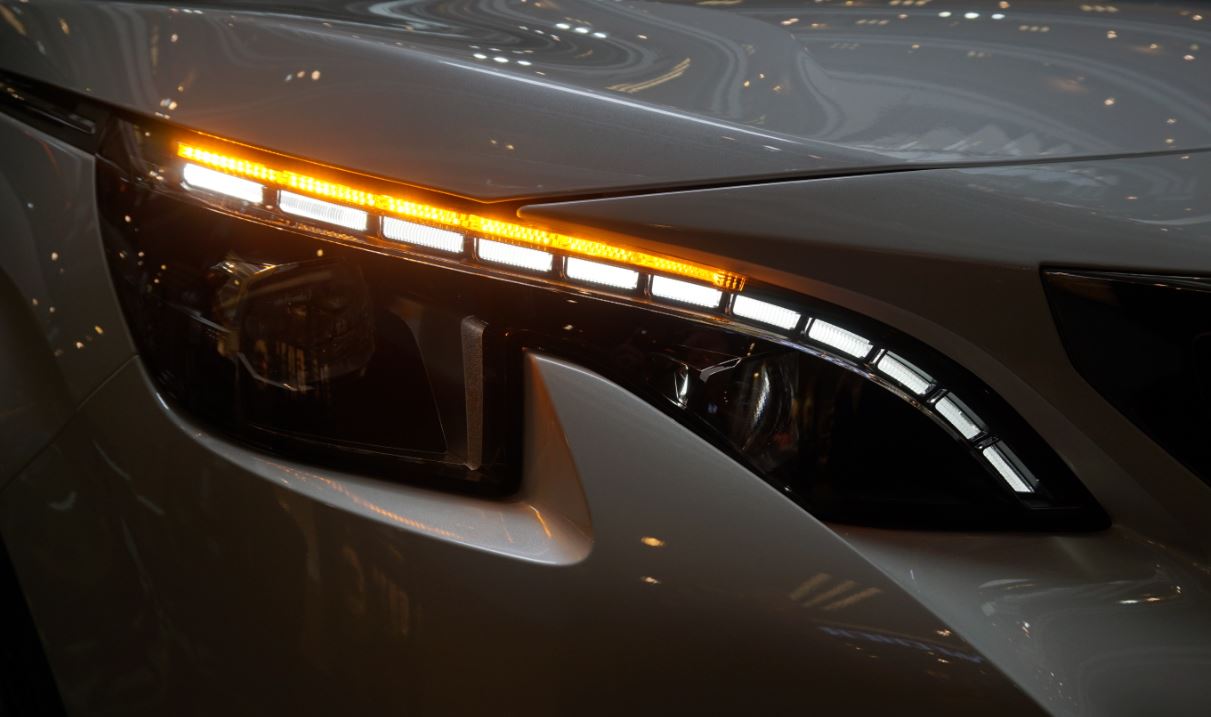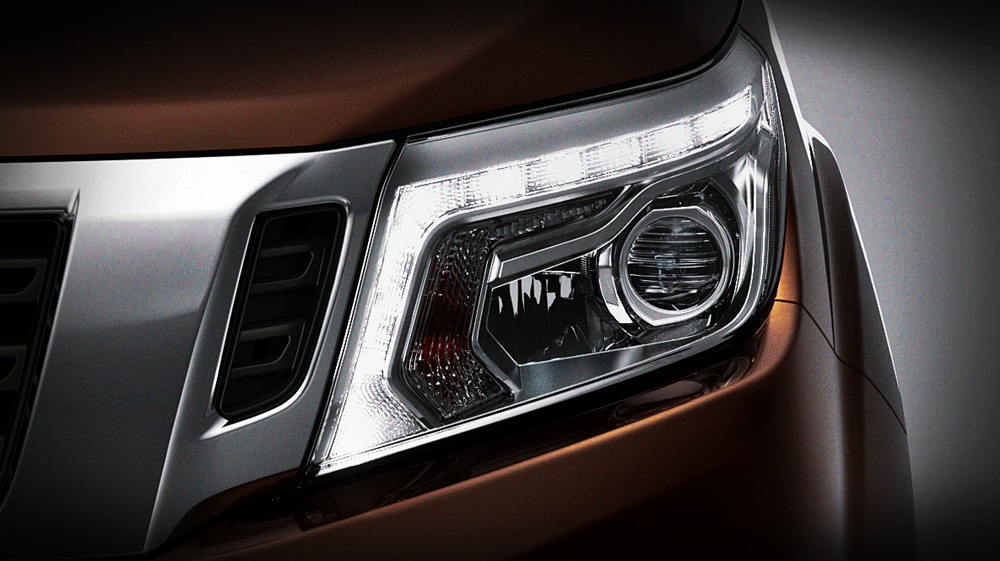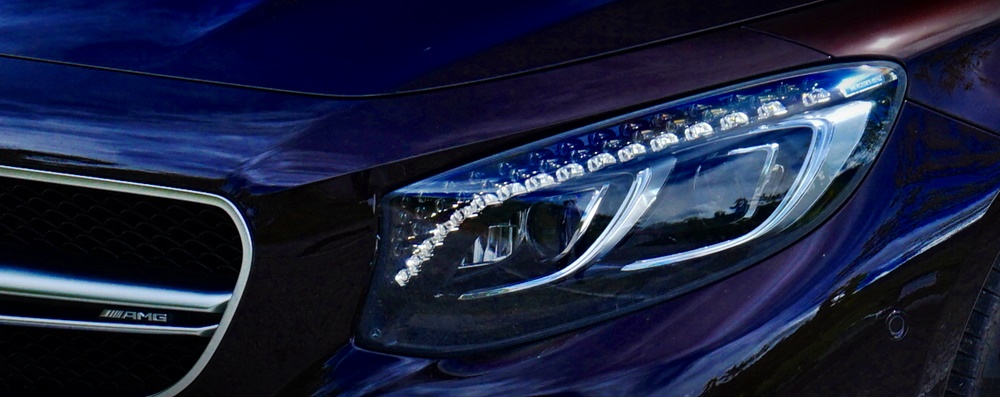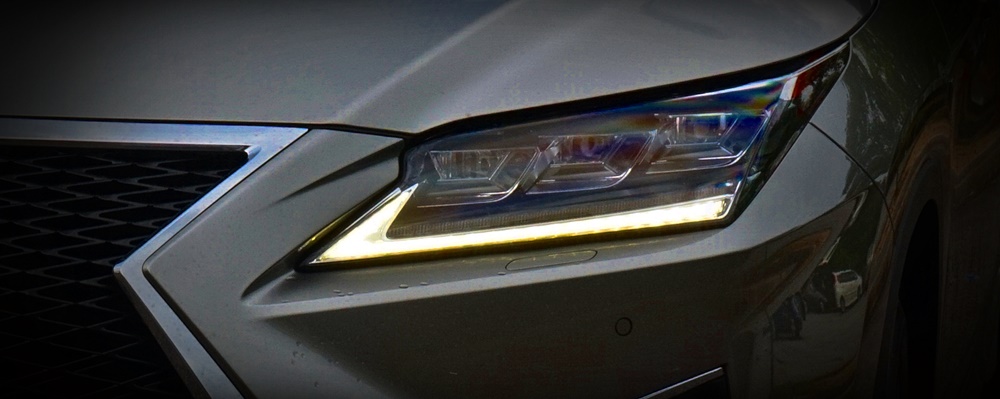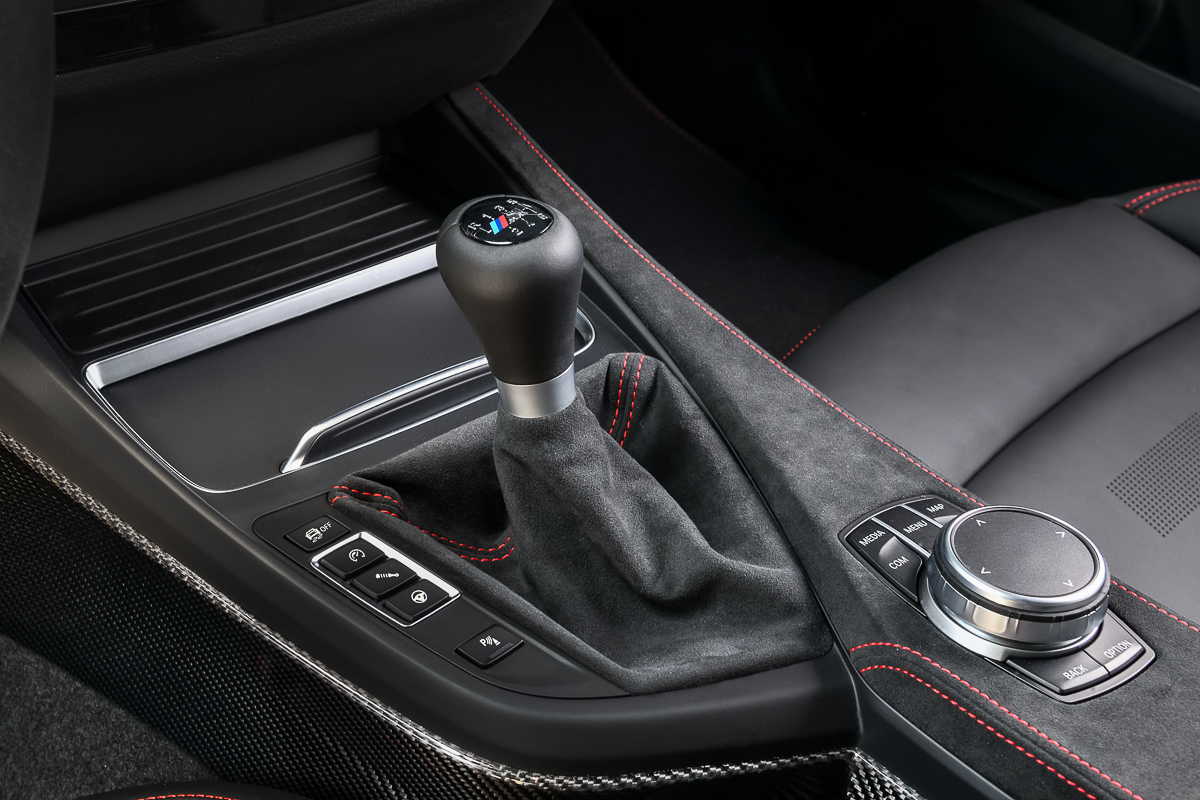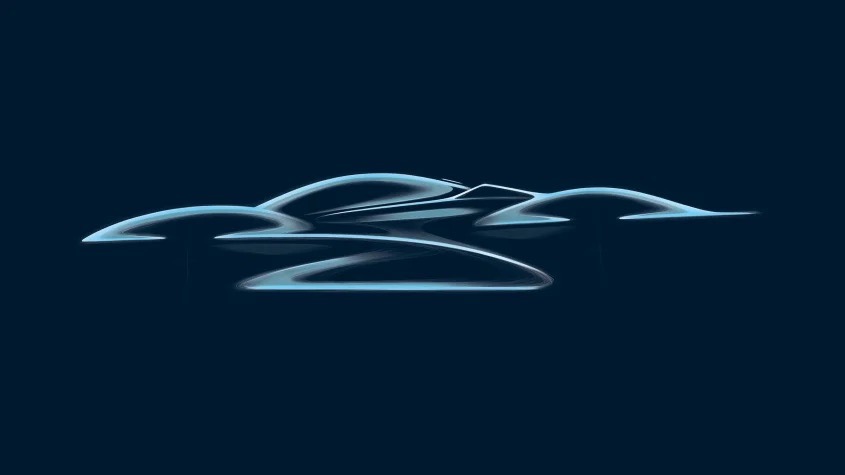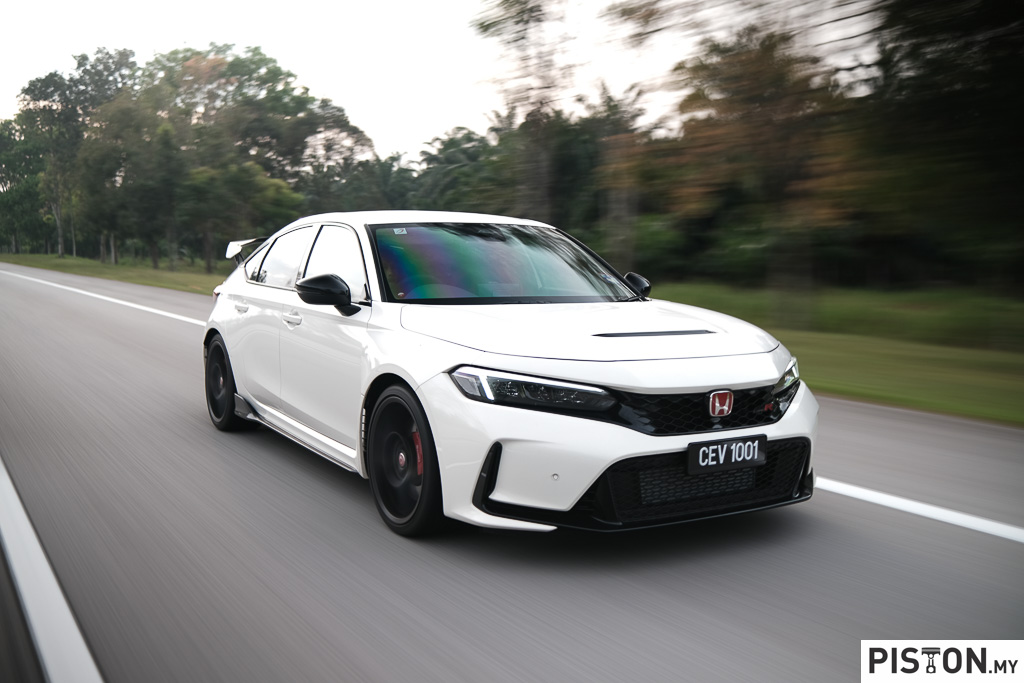Daytime Running Lights or DRLs are a common lighting feature on many vehicles today, even the lower-priced ones. Their original purpose was to increase conspicuity of the vehicle during the daytime, or in poor or low lighting conditions, alerting other road-users earlier. It offers the same safety benefit as a motorcycle’s headlight being kept on all the time.
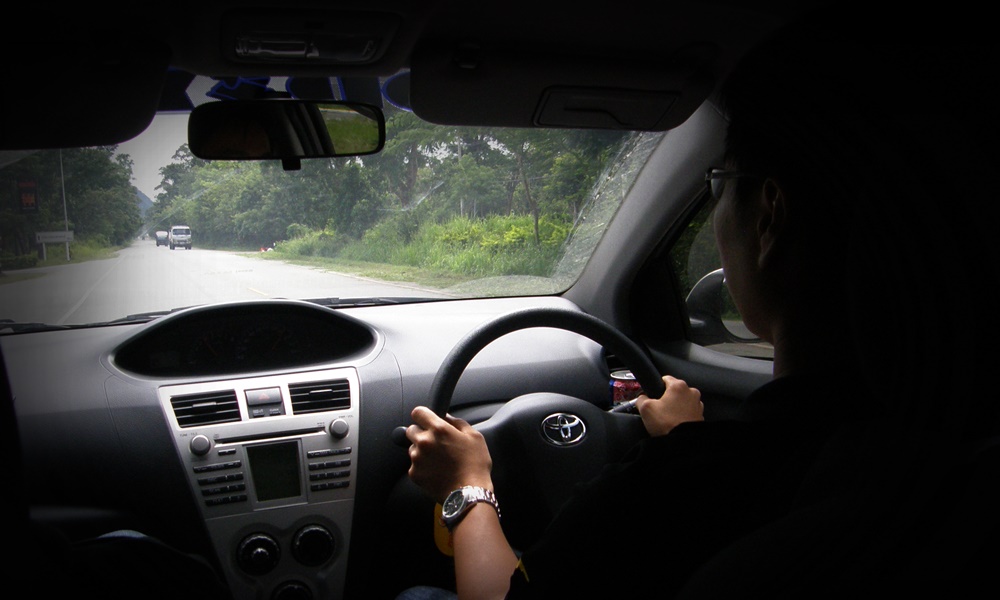
Born in the USA
Like the Third Brake Light (or Centre High Mounted Stop Lamp, which is the correct term), the DRL came into use in the USA although, initially, there was controversy and some states did not allow it. In Europe, though, there was easier acceptance in regions like Scandinavia where lighting conditions are low much of the year (especially during winter). Although Finland required vehicles travelling on rural roads to have DRLs slightly earlier. Sweden was the first country to require vehicles to have DRLs, introducing the law in 1977, although Finland required vehicles travelling on rural roads to have DRLs slightly earlier.
In the USA, though, the DRL was not considered as being important enough and the National Highway Traffic Safety Administration (NHTSA) felt that the conditions did not make them necessary. There were also critics who argued that they were more a danger than a contribution to road safety. Back then (the 1980s), the DRLs were very bright in order to be effective in the daytime. As they were in a fixed position, their height on some vehicles (like pick-up trucks or SUVs) could also result in the light shining straight into oncoming drivers’ eyes.
Nevertheless, the value of DRLs was considered to be great enough that General Motors actively lobbied the NHTSA to support their usage and subsequent mandatory requirement. One presentation by the carmaker elaborated on studies made of the effectiveness of DRLs after they became compulsory on vehicles in Sweden. An 11% reduction in daytime collisions was observed while two-vehicle head-on collisions were reduced by 10%, and collisions involving cyclists and road-users on 2-wheelers were reduced by 21%. Collisions involving pedestrians were reduced by 17%.
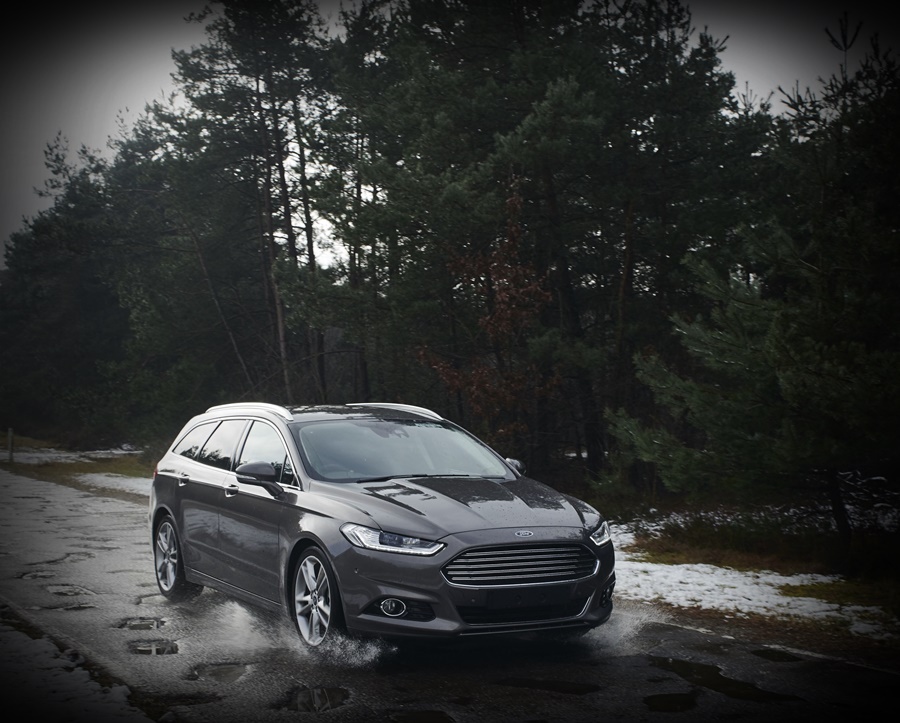
Opposition to use of DRLs
In early 1987, the NHTSA agreed to permit the installation of DRLs but this proposal was terminated in June 1988 because there was strong and influential opposition. GM then petitioned, in 1990, for the optional use of DRLs which was accepted and addressed a multitude of state laws which had the effect of not allowing the use DRLs.
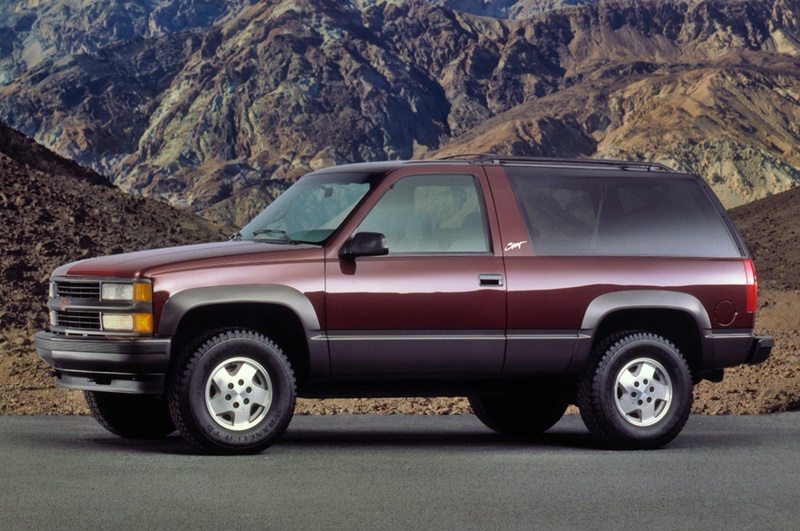
GM began to install DRLs on some of its 1995 model year vehicles and within 2 years, DRLs were standard equipment on all GM vehicles sold in the USA. Besides GM, Saab, Volvo and Volkswagen were also the first manufacturers to introduce DRLs in the US market.
Outside North America, carmakers also began to add DRLs to their vehicles as new marketing features. There was no compulsion (other than in countries already having DRL laws) to install them so the appearance of the additional lights within the headlamps was progressive, subject to costs going down.
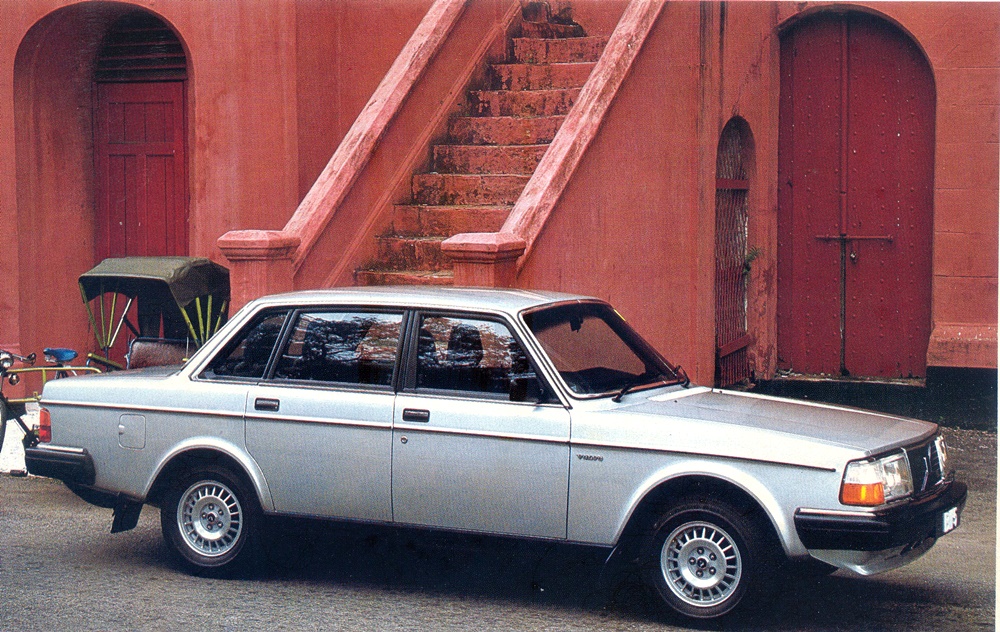
Unexpected problem in Malaysia
The first ‘DRL-equipped’ cars in Malaysia were from Volvo in the early 1980s. At that time, the DRLs were not really separate lighting elements as we know them today but bulbs were kept on all the time. As they had to be very bright to be effective in the strong Malaysian sunshine, they had a higher wattage which meant they generated more heat. This created an unexpected problem – the plastic covers began to deform! It was not a known problem in Sweden since temperatures are very much lower but for Malaysia, some changes had to be made to the materials. Needless to say, owners got the covers replaced under warranty.
From being merely a safety feature, DRLs have also become styling features, providing a visual ‘signature’ that identifies the model. This has been evident on premium brands where there have been common themes for the DRL style and further downmarket, designers are also doing the same thing these days.
DRLs offer significant safety benefits and have no drawbacks; the issue of dazzle which can occur at night is addressed as the DRLs set to deactivate when the headlights are switched on. In the early days, DRLs used incandescent bulbs which could result in a tiny increase in fuel consumption but with low-energy LEDs now in use, this is no longer an issue.
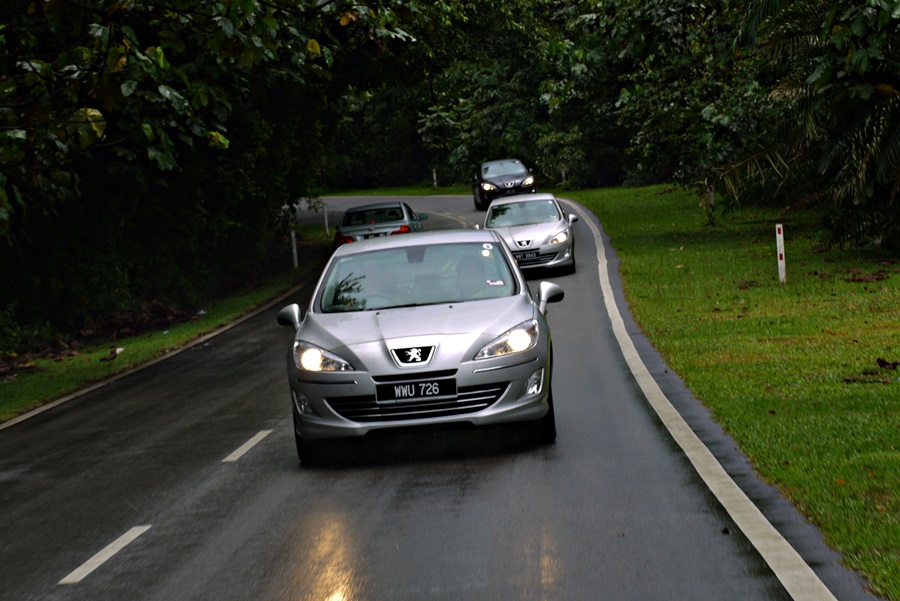
If your vehicle does not have DRLs but you believe in the value of being more visible to other drivers, then be sure to switch on your headlights whenever lighting conditions are poor or low. This includes occasions when you may be driving along country roads where there are trees blocking the sky and the lighting is low. Having the headlights on could make a difference as drivers approaching from a distance can see the lights and not attempt to overtake other vehicles.


